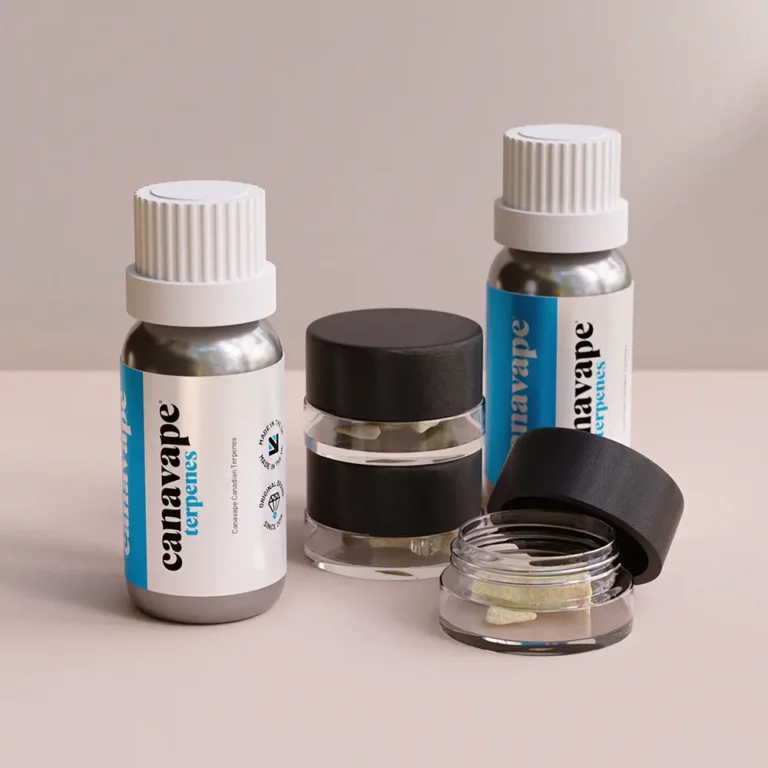Terpenes are organic compounds found in various plants, including cannabis. They are responsible for the distinct aromas and flavors of different strains of cannabis. Terpenes are produced in the resin glands of the cannabis plant, known as trichomes. These trichomes are tiny, mushroom-shaped structures that cover the surface of the plant’s flowers and leaves.
Terpenes are synthesized in the same glands where cannabinoids like THC and CBD are produced. They are formed through a series of biochemical reactions involving precursor molecules such as isopentenyl pyrophosphate and dimethylallyl pyrophosphate. These precursor molecules are derived from the primary metabolic pathways of the plant, such as the mevalonate pathway.
Once terpenes are produced within the plant, they are stored in the trichomes until they are released. When the trichomes are disturbed or damaged, such as through handling or grinding of the plant material, the terpenes are released into the air. This is why cannabis plants have such a strong and distinctive smell when they are handled.
In addition to giving cannabis its unique aroma and flavor profile, terpenes also play a role in the overall effects of the plant. Terpenes can interact with other compounds in the plant, such as cannabinoids, to produce a synergistic effect known as the entourage effect. This is why different strains of cannabis can have different effects on the body and mind, even if they contain similar levels of cannabinoids.
Terpenes are not unique to cannabis; they are found in many other plants as well. For example, limonene is a terpene found in citrus fruits, while linalool is found in lavender. Each terpene has its own unique aroma and potential therapeutic properties. By understanding where terpenes come from and how they interact with other compounds in the plant, we can better appreciate the complexity and diversity of the cannabis plant.










